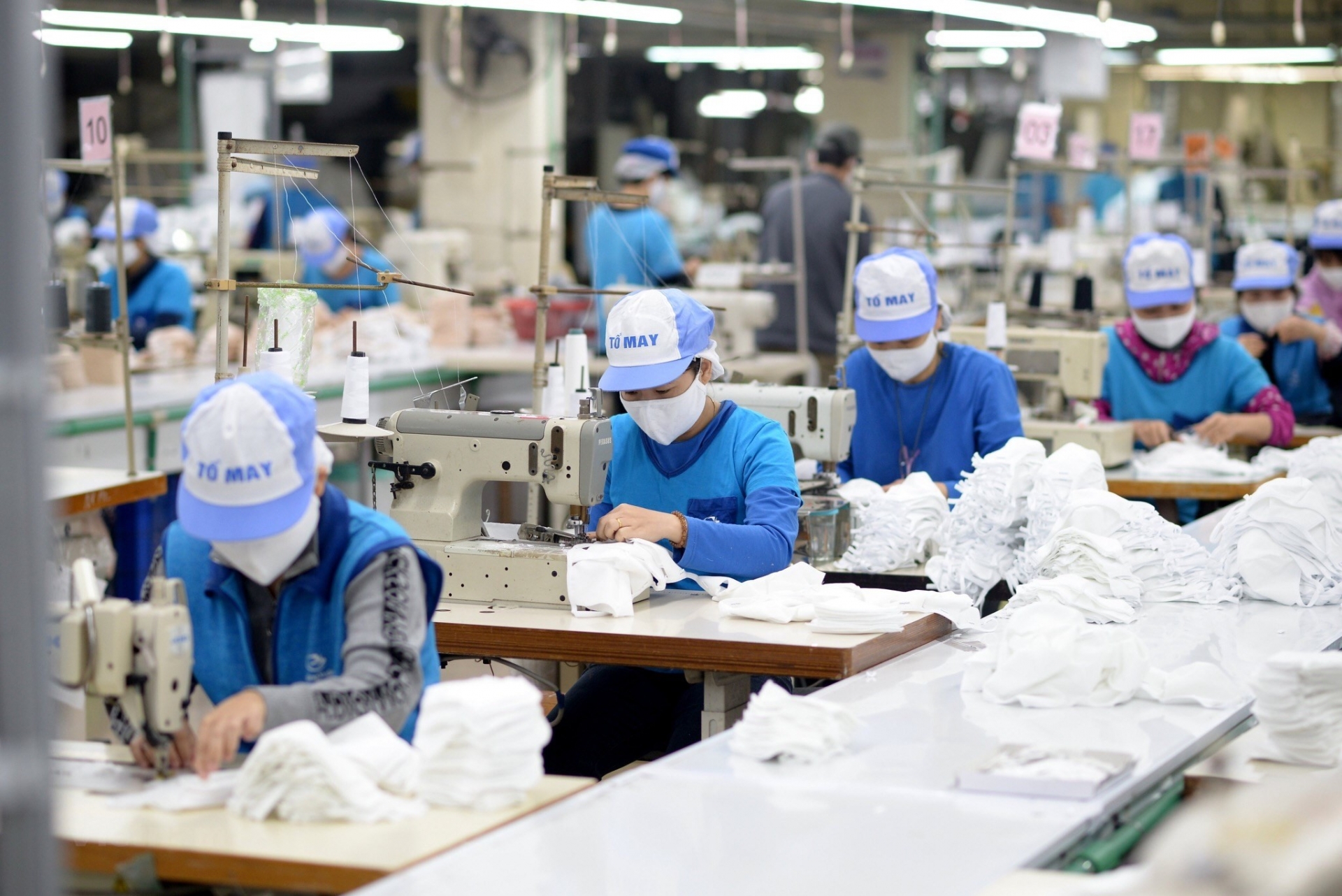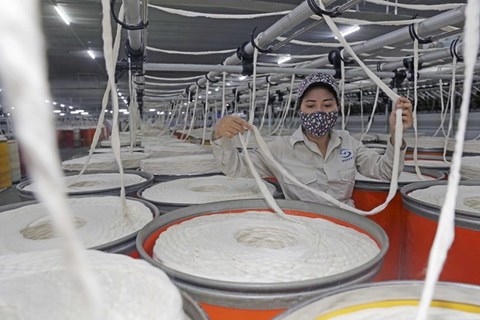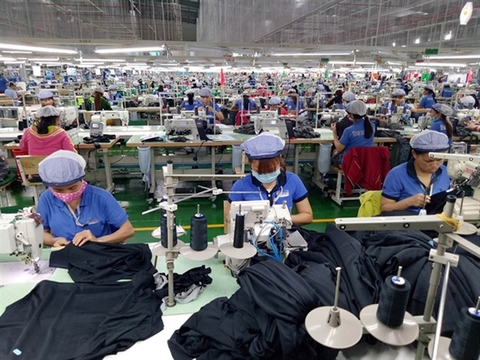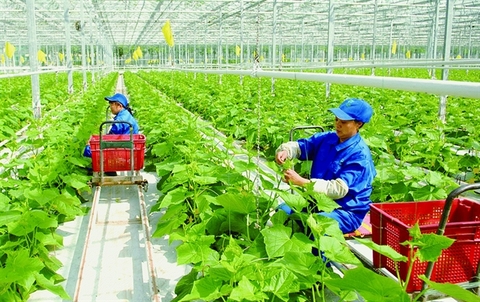Vietnam targets textile-garment export growth
Vietnam targets textile-garment export growth
Free trade agreements (FTAs), especially new-generation ones, are expected to help Vietnam reach a textile and garment export value of US$45-47 billion in 2023.

Major 2022 achievements
Vietnamese textile and garment exports reached US$42 billion this year, lower than the US$44-billion target, but the chair of Vietnam Textile and Apparel Association (VITAS) Vu Duc Giang believes this was a major achievement given the world market’s significant slowdown in the final quarter of the year.
In the first half of 2022, domestic textile and garment enterprises operated at maximum capacity to fulfill export orders, earning export revenue of US$22.3 billion, up 17.7 percent from the same period in 2021. Textile and garment exports began slowing down in both value and quantity in August, and in September, some enterprises lacked production orders. Vietnam's textile and garment export revenue reached only US$3.18 billion in October, down 3.3 percent compared to the same time in 2021, including US$307 million worth of yarn exports (down 34 percent), and US$2.87 billion worth of textile and garment exports, a slight growth of 1.7 percent.
Textile and garment enterprises pursue green production
Giang attributed the decreases in export value and orders to the high inflation and falling purchasing power of major markets, noting that Vietnam was not the only country affected by the difficult situation. The textile and garment export values of China and Pakistan, for example, decreased 13.6 and 16.8 percent, respectively. Thanks to the high achievements in the first half of 2022, Vietnam’s textile and garment export revenue in the first 11 months of the year grew 18.5 percent compared to the same period in 2021, he said. The industry exported 47-50 different products to 66 countries and territories, making good use of FTA commitments, including tax incentives, he added.
Green production
Despite difficulties expected at least until the end of the first quarter of 2023, Vietnam set a textile and garment export revenue target of US$47 billion in 2023. FTAs with attractive incentives continue to be a driving force for the industry’s export growth and attraction of foreign investment in raw material and accessory development to make up for the shortage of domestic supply. Digitalization has helped sector enterprises reduce costs and improve management, production and trading efficiency.
Domestic businesses, including the industry’s leader, Vietnam National Textile and Garment Group (Vinatex), and the TNG Investment and Trading JSC, have been applying green production. “We have orders lasting 4-5 months, including those for recycled yarn spinning, knitting, dyeing and sewing,” said Vinatex Chair Le Tien Truong. TNG reached a production output of an estimated 1,500 tonnes of product, 70 percent of which was recycled fiber.
Economists say controlling the quality of supply chains has become the biggest challenge for textile and garment exporters. The industry is urging the government to issue policies promoting investment in green production, especially the development of human resources specifically for green production through postgraduate and short-term training, and international cooperation in training.






















